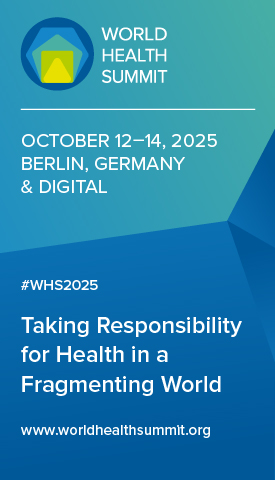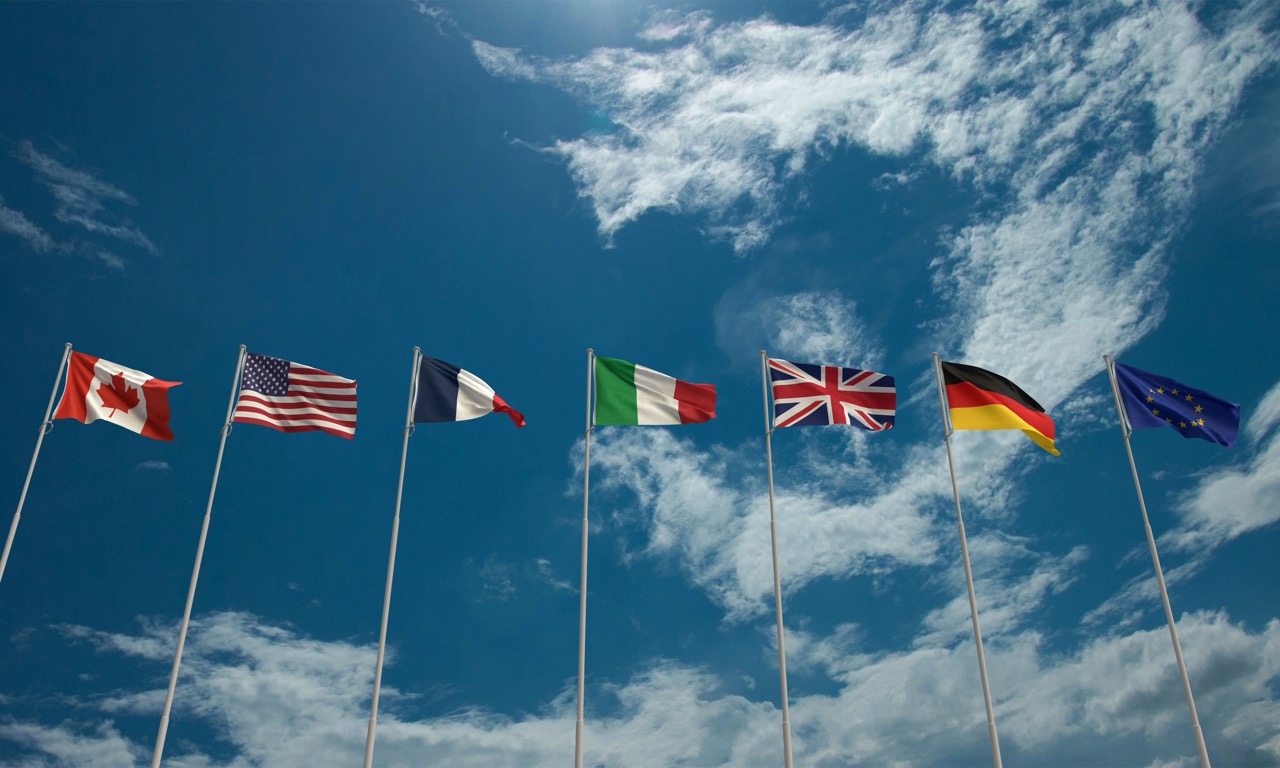The road to global health security
Learnings from the Covid-19 pandemic can pave the way towards secure health for everyone – but first, health security needs to be freed from its narrow definition
The vulnerability of economies to public health emergencies has been painfully demonstrated by the prolonged Covid-19 pandemic, which is yet to end. The cumulative costs are still being estimated – of millions of lives lost or affected around the world, high public and private healthcare expenditures, enormous productivity losses, disrupted travel and trade, interrupted education, stalled social development programmes, triggered xenophobia and forced human migration. The losses are mind-boggling and remind us that the global economy will keep slipping on the banana skins of public health failures, unless health is earnestly envisioned as the best overall indicator of success in achieving the Sustainable Development Goals. For that to happen, the concept of health security must extend beyond the relatively narrow frame that currently restricts its application.
Although the World Health Organization uses a broad definition of health, its description of global health security speaks of “activities required, both proactive and reactive, to minimise the danger and impact of acute public health events that endanger people’s health across geographical regions and international boundaries”. This definition restricts concern for health security to ‘acute’ events. But climate change, antimicrobial resistance and biodiversity loss, which gravely imperil human security, are not acute events. Even the ongoing Covid-19 pandemic is no longer acute. Nor can the high death and disease burden associated with coexisting chronic non-communicable diseases – Covid-19’s accomplices – be ignored.
Threats to health security
Pandemic threats of zoonotic infections will not recede even when Covid-19 settles into endemic coexistence with a humbled humanity. Forest-dwelling microbes can speed across the world on conveyor belts created by wanton deforestation, escalating appetites for meat and the unbridled propensity of a growing global population to travel farther and faster. Climate change (with myriad effects on health and nutrition), pollution (of air, water and soil), loss of biodiversity, poor sanitation, antimicrobial resistance, social conflict and sectarian violence also threaten health security. Even weak health systems, unable to promote, protect, preserve and restore health through essential services, endanger the population.
For personal health, threats to health security are evident as communicable, nutritional and non-communicable disorders, endangered maternal and child health, mental health disorders, physical disabilities, injuries, high-risk behaviours, addictions and financial barriers to accessing needed health services. These threats arise with differing levels of danger at different stages of life within a population, and with varying levels of risk across different populations. They too are influenced by social determinants that shape personal health, such as gender, education, income, occupation, social status and membership in social networks. Even gene expression is modified by social and environmental influences, through epigenetic pathways.
From populations to individuals
Too often, the population-level determinants of health and the bio-medical approaches to characterise individual threats to health security have remained disconnected. This undermines the political understanding of health among policymakers and the public, even as academic experts have pursued siloed efforts to elucidate the causes of ill health and evaluate potential solutions.
Nineteenth-century German pathologist Rudolf Virchow observed that: “If disease is an expression of individual life under unfavourable circumstances, then epidemics must be indicative of mass disturbances.” His words ring true, when we consider the determinants and dynamics of current threats to health such as zoonotic pandemics, climate change, tobacco addiction or the alarming rise in childhood obesity.
More recently, British epidemiologist Geoffrey Rose pithily summed this up: “Sick individuals arise from sick populations.” The determinants of health that operate at the population level, as well as the elements of the health system that must respond to individuals, are configured by the political choices societies make and the priorities they set as they pursue developmental goals. In an increasingly interconnected and interdependent world, many of these choices are shaped by a global consensus on priorities or driven by global power structures. Those choices then steer concerted action on an agreed agenda.
Lessons from Covid-19
The pandemic provides several valuable lessons, both on the imperative of addressing the socio-environmental determinants of health and on the need to provide a robust health system response to threats that can harm millions of individuals.
We have learnt that:
- We need an efficient, equitable and empathetic health system existing in a steady state, to create a swift, strong and sustained surge response to counter public health emergencies effectively.
- Primary care is essential for effective disease surveillance, timely detection and testing, triage for home or hospital care, and supported and supervised care during and after the acute phase of illness (including sequelae such as long Covid), and for administering vaccines efficiently, countering misinformation and fostering community engagement.
- Primary care must be comprehensive, respond to needs of chronic and acute care, provide continuity of care, and connect bidirectionally to secondary and tertiary care.
- A multilayered, multiskilled and technology-enabled health workforce is essential to optimally utilise infrastructure, equipment and innovative technologies for delivering needed health care.
- Primary care–led universal health coverage creates the architecture for a well-functioning health system that provides needed services with minimal financial hardship to people, especially during public health emergencies.
- Multi-sectoral coordination, often efficiently steered during an emergency, is essential even at other times to ensure that policies and programmes in other sectors enable and do not erode public health objectives.
- One Health should be the platform for microbial surveillance across species and provide an ecologically responsible pathway for future developmental initiatives.
- Narrow nationalism compromises collective global responses to common challenges and ultimately recoils back on those who hoard resources, as demonstrated by Covid-19 variants that did not spare the vaccine-rich countries.
- Many calamitous challenges we currently confront are interconnected, both via common causes and confluent effects. They cannot be tackled in isolation, as the interplay of several complex adaptive systems creates dynamically changing situations. Our actions must involve multi-sectoral applications of multidisciplinary learning, with agile, adaptive responses that are contextually configured. This calls for visionary political leadership, nationally and globally.












